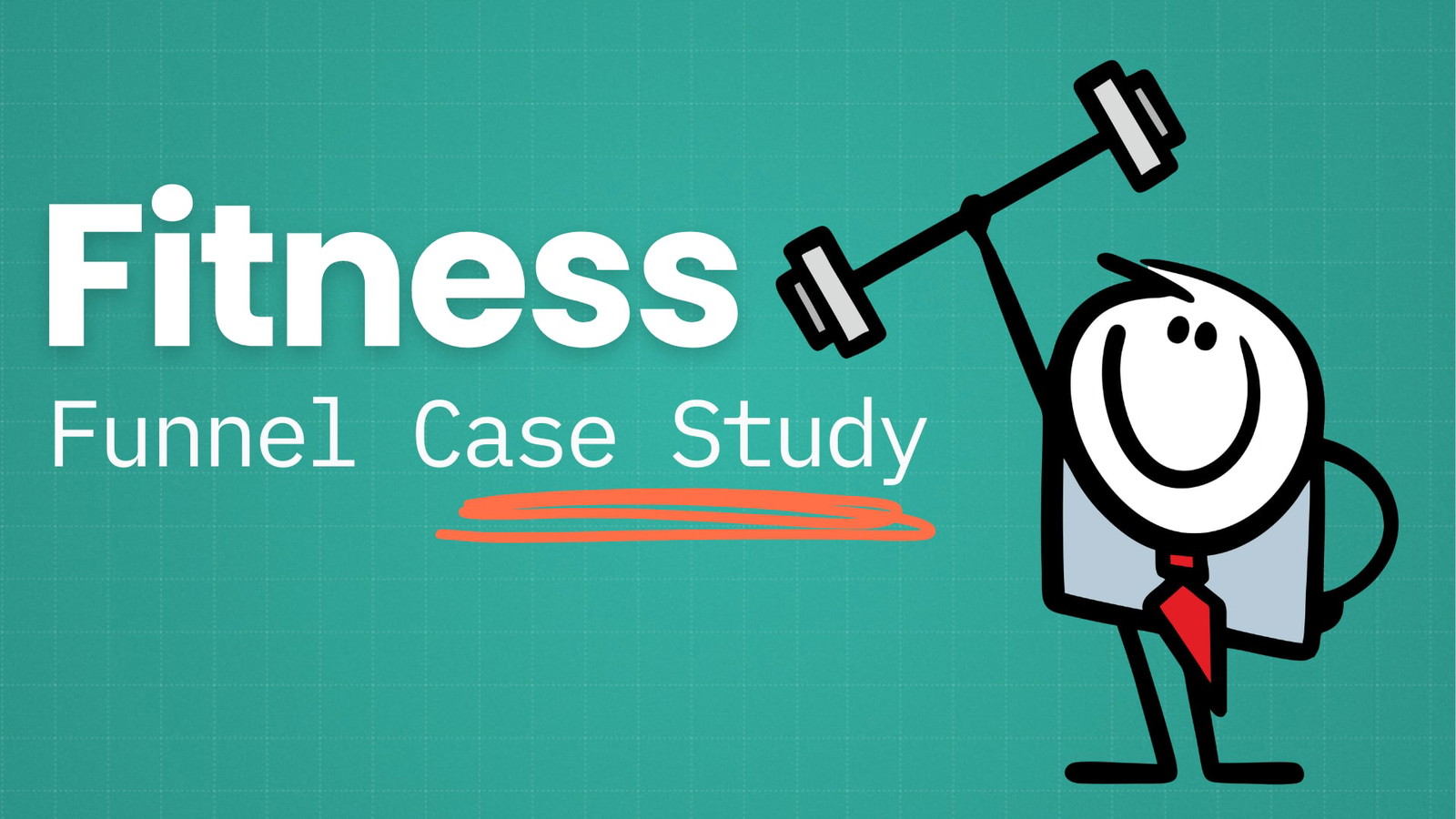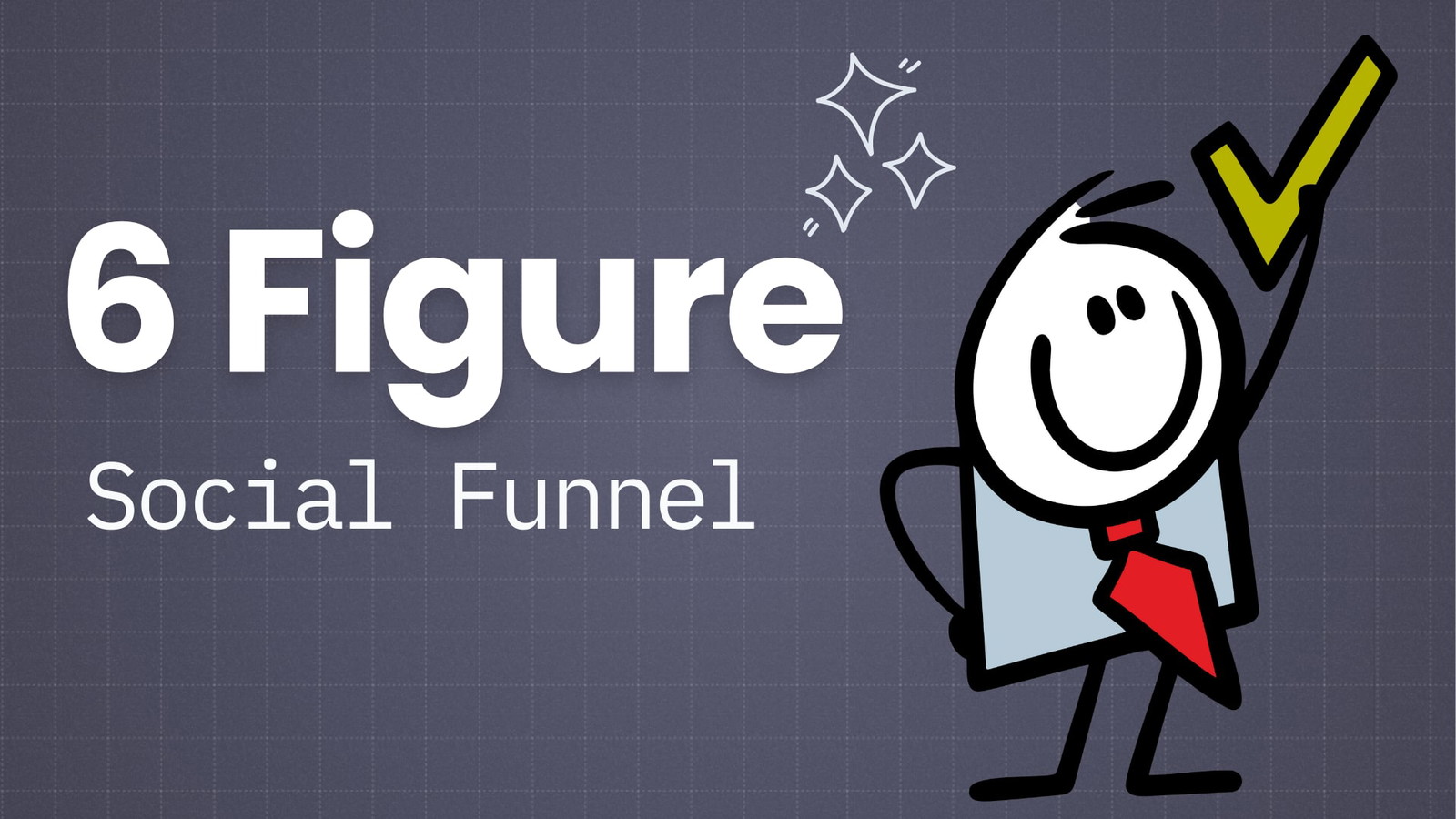Starting a mental health blog is a truly rewarding endeavor.
Not only can you help others by sharing your experiences and insights, but you can also earn money while doing so.
At Authority Hacker, we’ve taught more than 15,000 students how to create successful blogs, many of which are in the mental health niche.
We’ve also honed our blog-building tactics on our own websites and earned some sizeable commissions in the process.

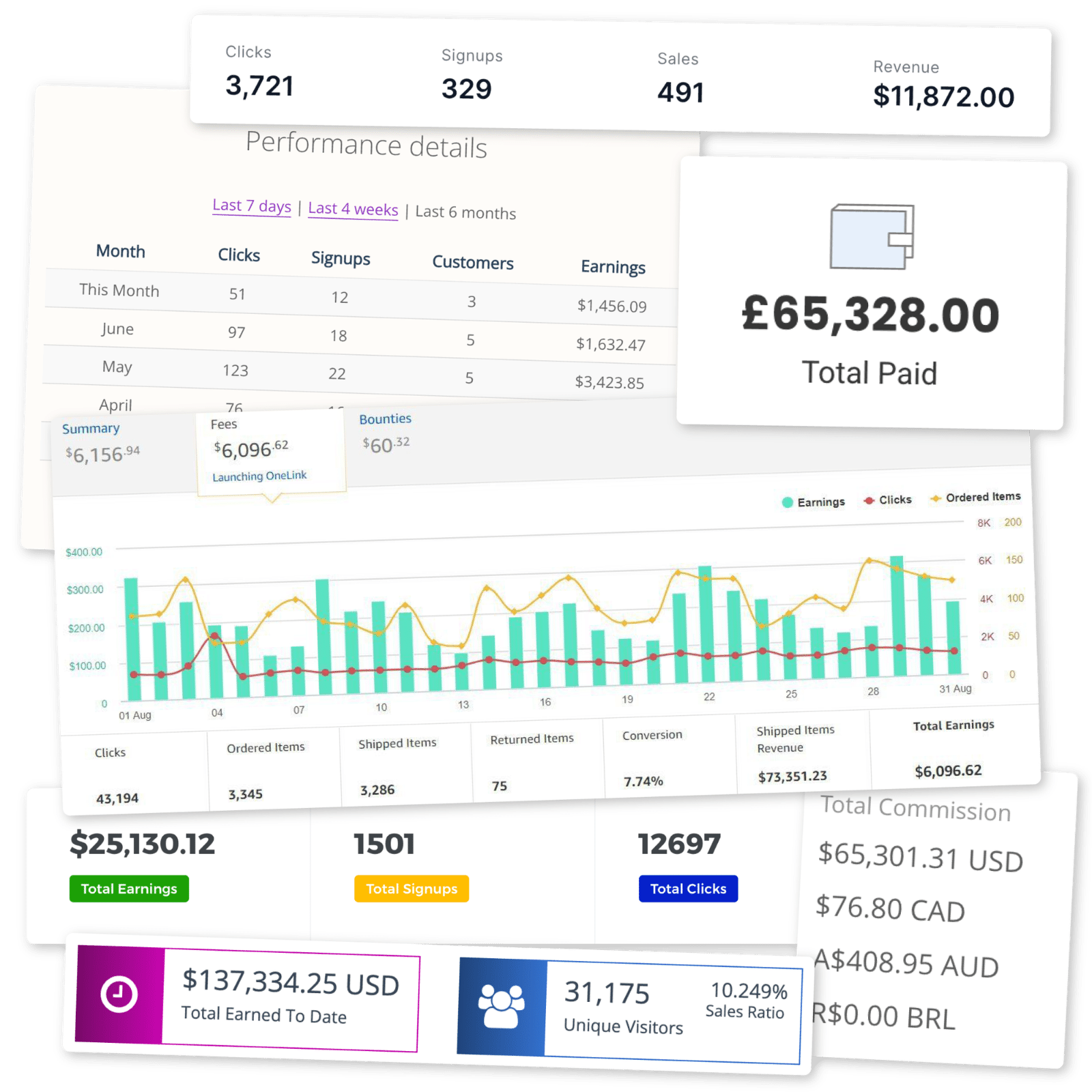
Follow this step-by-step guide to build your own profitable mental health blog.
Why Start a Mental Health Blog
If you are knowledgeable about mental health or interested in psychology, starting a mental health blog can be quite rewarding.
For starters, you can earn a substantial income. Affiliate marketers in the health and fitness niche – which includes mental health – earn an average monthly income of $7,194.
Starting a mental health blog also allows you to explore your passions while actively making the world a better place.
Now more than ever, people are in desperate need of support with their mental health. In fact, since the pandemic, the number of people with depressive and anxiety disorders has increased by around 25%.
When you start a mental health blog, you also play a crucial role in raising awareness. You can help people understand complex topics like self-harm and social anxiety with your excellent content.
Examples of Successful Mental Health Blogs
If you want to launch your own mental health blog, it’s helpful to check out some existing blogs for insight and inspiration.
Here are some great mental health blogs that have grown a devoted following (and earned substantial revenue) over the years.
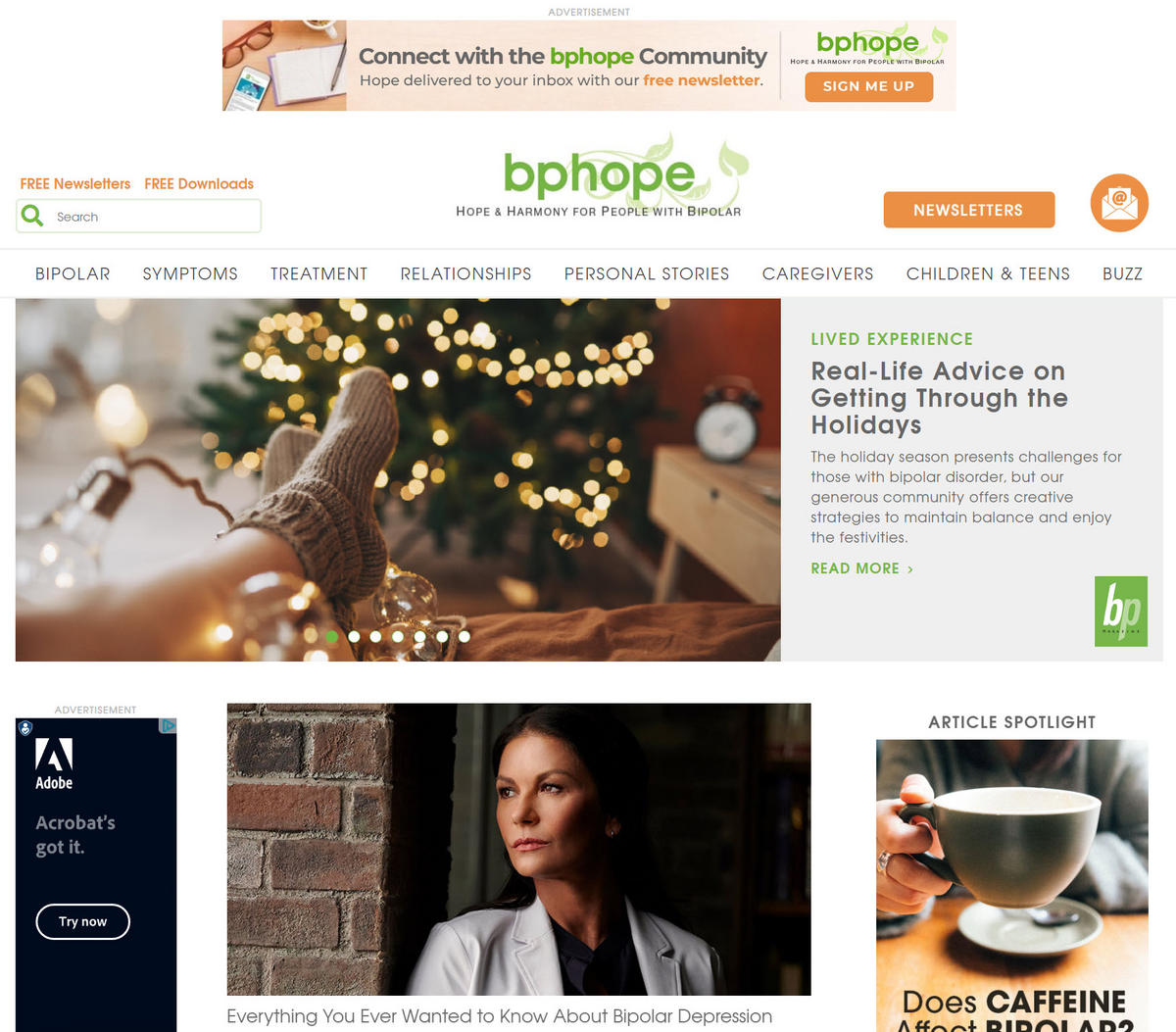
BP Hope
bpHope provides inspiration, guidance, and insights for people living with bipolar disorder.

The Anxiety Guy
On this blog, self-help guru and mental health expert Dennis Simsek offers behind-the-scenes insights into dealing with panic attacks, trauma, and more. Dennis also augments the blog with his own video and podcast series.
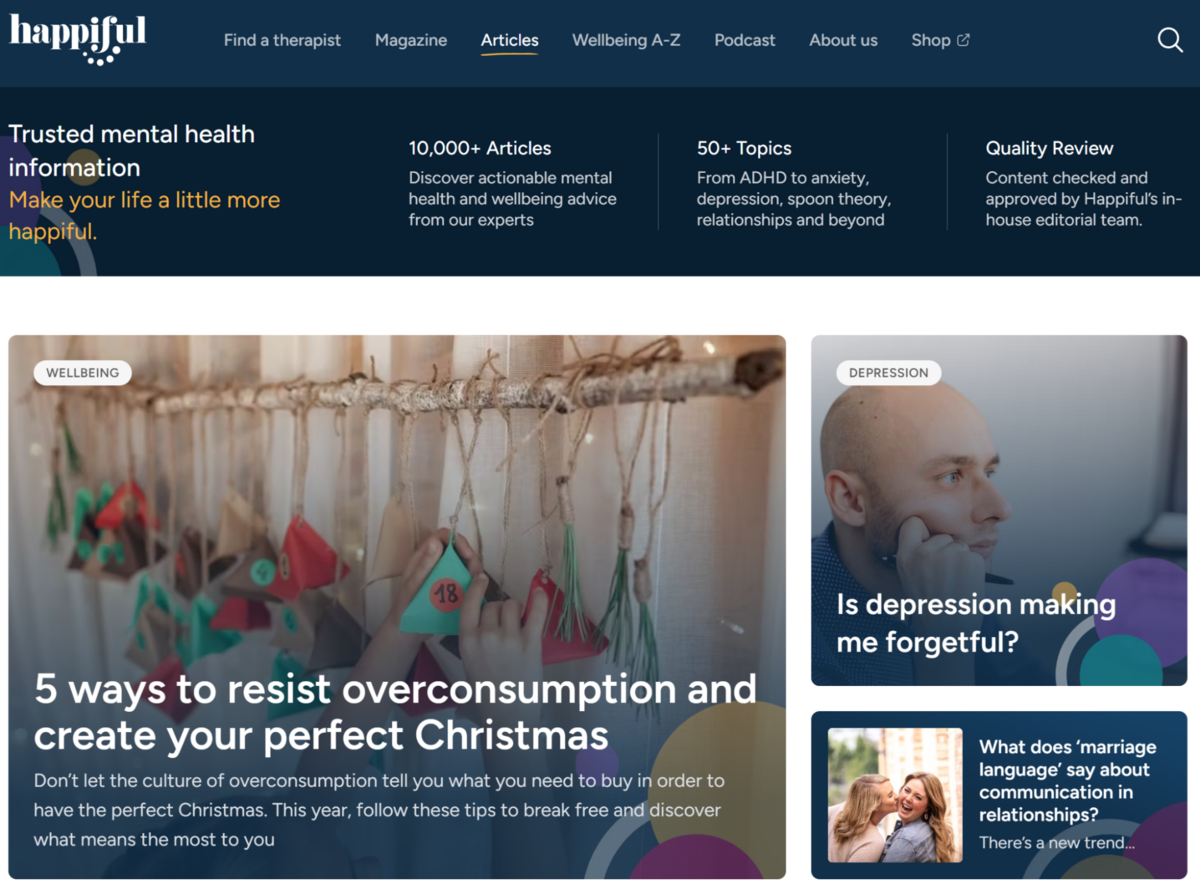
Happiful
Happiful is a UK blog that helps people understand and cope with a variety of mental health issues.
How To Start a Mental Health Blog in 11 Steps
Here’s a step-by-step guide to crafting a mental health blog that inspires others and generates income.
1 Narrow Down Your Mental Health Niche
Mental health is a broad topic. There are more than 200 “classified” forms of mental illness and countless different techniques people can use to improve or preserve their well-being.
If you know a lot about this field, it might sound like a good idea to simply produce pieces randomly as they come to mind.
However, it’s essential to maintain a certain level of focus. Narrowing your focus into a sub-niche will make it easier to attract the right audience.
Think about it – if you’re looking for content about depression, which are you more likely to trust?
- A blog that focuses solely on depression
- A blog that covers a wide range of mental health topics
Most people would choose option A – which is why niching down is crucial for success with a new blog.
So, how do you choose your niche? The easiest option is to write what you know.
If you’re familiar with a particular mental health topic, focus on what you’re passionate about. The more you care and know about a specific topic, the more engaging and memorable your blog posts will be.
Here are some examples of niches you could explore:
- Anxiety and panic disorders: Dealing with anxiety in various forms, from generalized anxiety disorder to social anxiety.
- Self-care and stress management: Discuss strategies to deal with stress, relax during difficult times, or avoid sources of tension.
- Building healthy relationships: Communication techniques or strategies for building personal relationships and managing conflict.
- Child development and parenting: Simple guides on supporting children through the transformative years of their lives and handling parenting challenges.
- Mental health and nutrition: Articles covering the overlap between nutrition and mental health, with tips on supplementation and diet.
If you need extra help choosing a successful niche, check out our video guide:
While it’s important to choose a niche you’re passionate about, it’s also important to ensure you’re writing about something that people are actually interested in. If no one is searching for your topic on Google, it will be hard to get traffic or earn money.
The best sign that a niche is viable is finding successful blogs already operating within it.
You can check for these by searching for relevant keywords on Google, checking a blog aggregator like FeedSpot, or using the “Organic Competitors” feature on Ahrefs.

You can also sign up for a free trial on SE Ranking to examine how much traffic successful blogs in your industry already get.
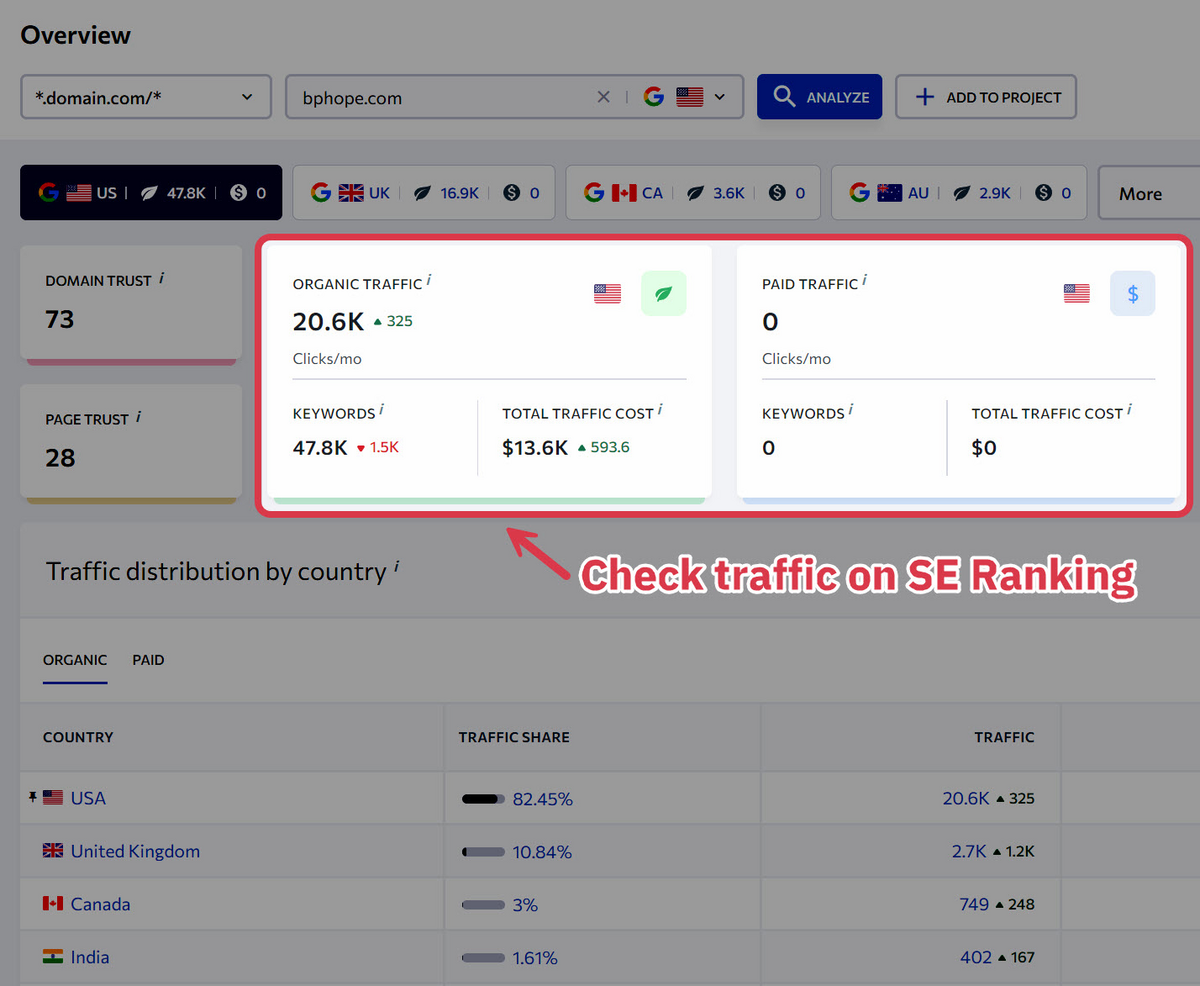
If you’re stuck between a few niches, use Google Trends to compare search traffic and find the most popular topic.
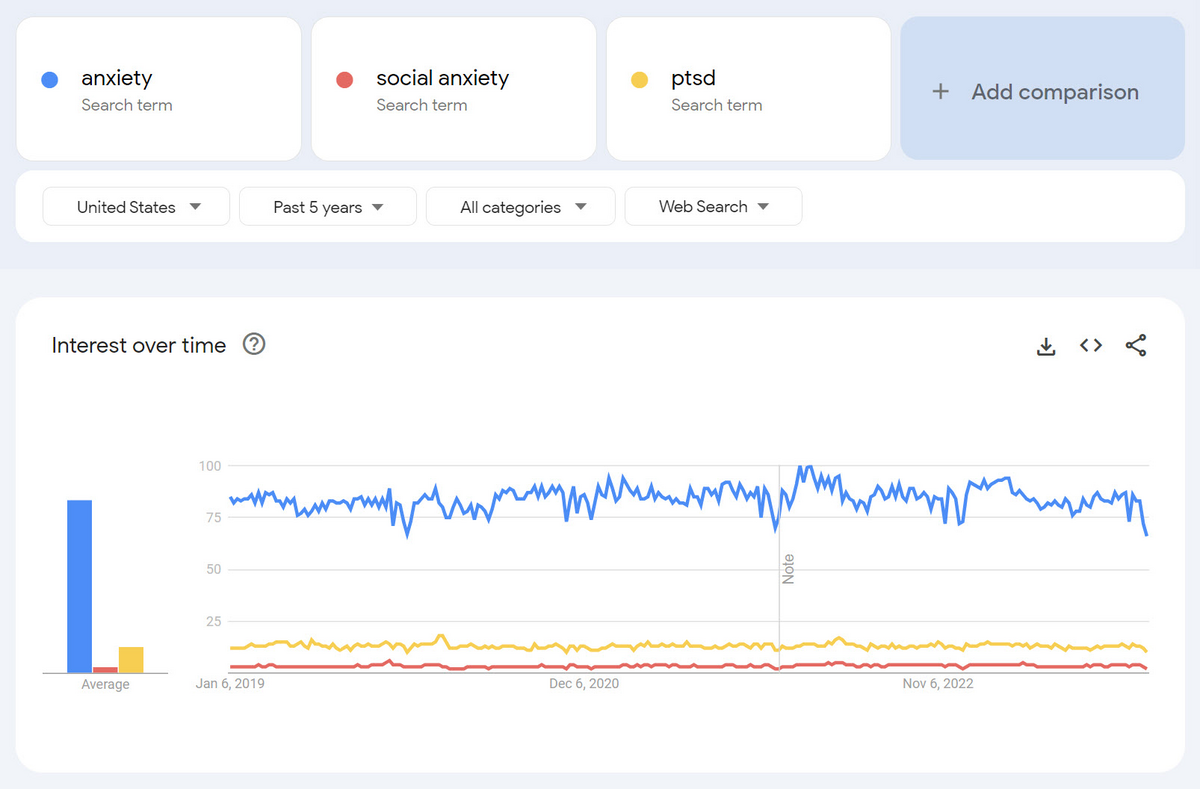
Don’t worry if you can’t decide immediately. You can take a few days to explore other blogs for inspiration, talk to your friends and family, and confirm you’re making the right choice before moving to the next step.
2 Choose a Blogging Platform
Once you’ve chosen the perfect niche, it’s time to find the digital home for your content – your blogging platform. A blogging platform lets you publish, edit, manage, and share your content.
There are plenty of different options to choose from. Free social platforms like Medium or Blogger might seem like an ideal way to reach the mental health community at first – but they have significant downsides:
- It’s hard to monetize your content.
- The platform controls what you can and cannot write about.
- Customization options are virtually non-existent.
The best way to build a mental health blog you can actually monetize is to build your own website.
Making your own website means you benefit from:
- Full control over the mental health content you produce
- Endless customization options for your pages and blog content
- Protection: No one can shut down your website or delete your content
- More monetization options, such as display ads and affiliate marketing
- Greater opportunity to promote your blog via search engine optimization (SEO) and social media
- Options to build an email list (and protect your traffic from algorithm changes)
I’ve experimented with a ton of different site-building tools, and WordPress.org (not to be confused with WordPress.com) stands out as the best of the bunch. It’s a free and flexible platform that lets you tailor your site to your exact needs.
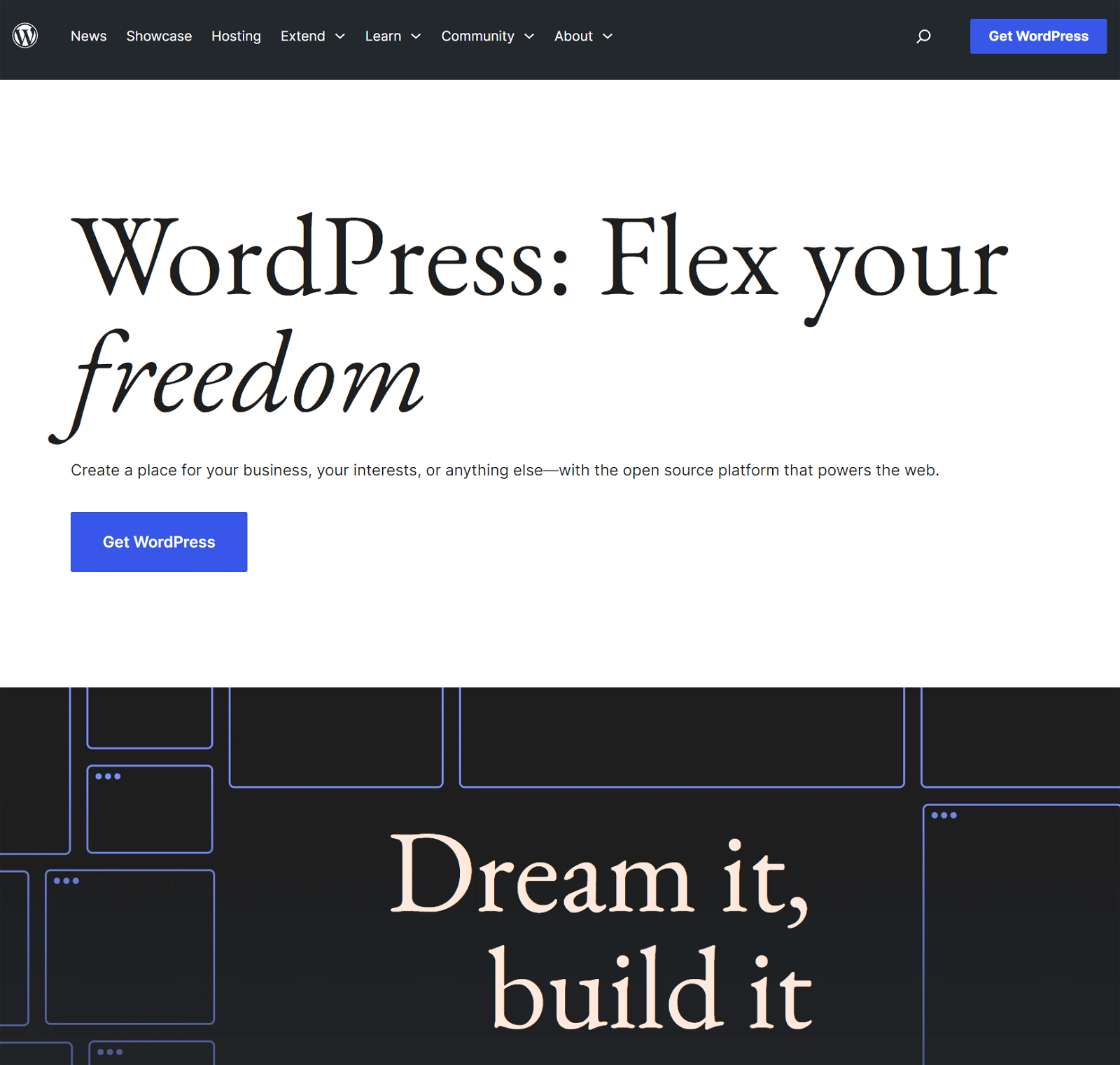
There are plenty of theme options and plugins to choose from. Plus, the platform is incredibly easy to use, with an intuitive backend perfect for beginners.
3 Choose Your Domain Name
Before you launch your website, you’ll need a domain name. This is the address visitors will use to find your site. A domain name includes two things: your website name and a domain extension.

So, how do you pick the right domain name for your mental health blog?
Generally, the best domain will resonate with your audience, telling your visitors what to expect when they visit your site. It needs to be unique and memorable.
Here are some quick tips to help you pick a brilliant name:
- Remember your niche. Reference your niche in your domain name. For example, if you’re focusing on PTSD, using the word “trauma” in your name could make sense.
- Keep it short. Longer domain names are harder to remember. Try narrowing down your name by removing unnecessary words.
- Perform due diligence. Before you fall in love with a name, check the trademark search database to ensure it isn’t already in use.
- Make it evocative. Try to connect with your audience emotionally. Use compelling language and words to connect with your audience.
- Give yourself room to grow. While ensuring your name is relevant to your niche is important, don’t restrict yourself. Choosing a name that’s too specific could make it harder to expand to new topics in the future.
- Choose the right extension. The .com domain extension is the most trustworthy and memorable option. If you’ve got a terrific name that doesn’t have the .com extension available, check our list of .com alternatives.
If you’re struggling to find inspiration, try using an AI domain generator like Brandsnap.
Once you’ve picked the perfect name, you’ll have to purchase it. I recommend Namecheap, which offers domains for as little as $10 annually.
4 Buy Web Hosting
With your domain name for your mental health blog in hand, you’re ready to get a web host.
Web hosts provide the infrastructure to store, manage, and deliver your website to users.
A lot of bloggers recommend using cheaper hosting services like Bluehost. Unfortunately, while Bluehost is pretty affordable, it lacks many advanced features and abilities.
SiteGround is a much better alternative. It’s faster, more reliable, and has better support than Bluehost. Just remember that the price you initially pay for your SiteGround package will increase after the first year.
Here’s how you get started with SiteGround:
Step 1: Visit the SiteGround website and click on WordPress hosting.
Step 2: Choose your plan. The StartUp plan is the best choice for a beginner.

Step 3: Choose the “I already have a domain” option and enter the domain name you’ve chosen for your mental health blog.

Step 4: Fill in all the required details, such as your email address and password.

Step 5: Choose the duration of your subscription. Usually, you’ll pay less if you opt for a 12-month plan upfront.
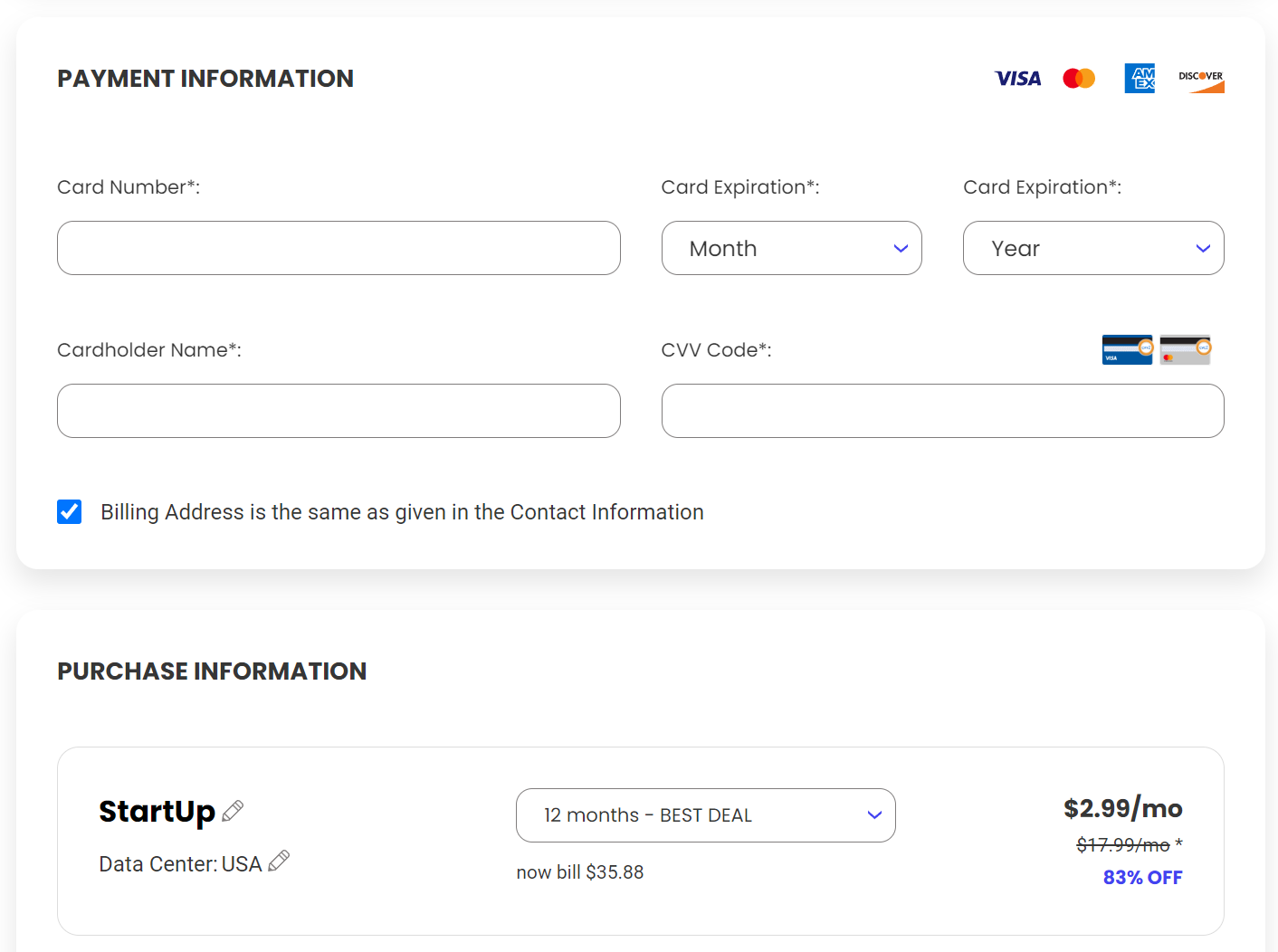
Step 6: Skip the “extra services” option. You’re not going to need a site scanner and other features when you’re just starting a mental health blog.
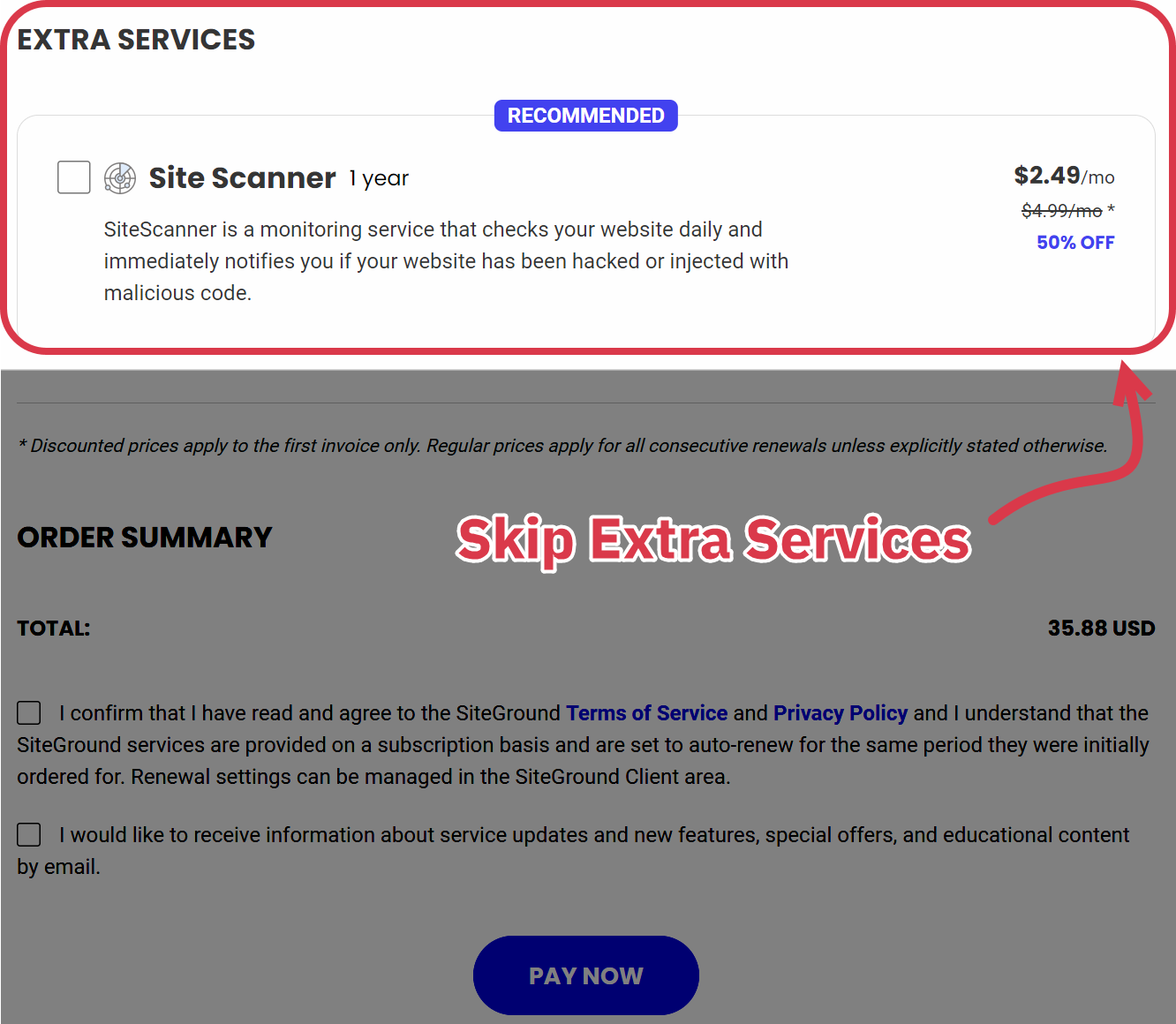
Step 7: Point your domain to SiteGround. If you didn’t buy your domain name specifically from SiteGround, you’ll need to change the DNS settings to complete the process. Contact SiteGround support if you need help.
Congratulations! You now have the hosting you need to launch your mental health blog.
5 Choose a Theme for your Mental Health Blog
A theme will help you edit your website’s appearance and style to match your brand.
Themes don’t just give your mental health blog an extra level of pizazz. They also help define your pages’ form and structure. With the right theme, you’re more likely to grab the attention of your target audience.
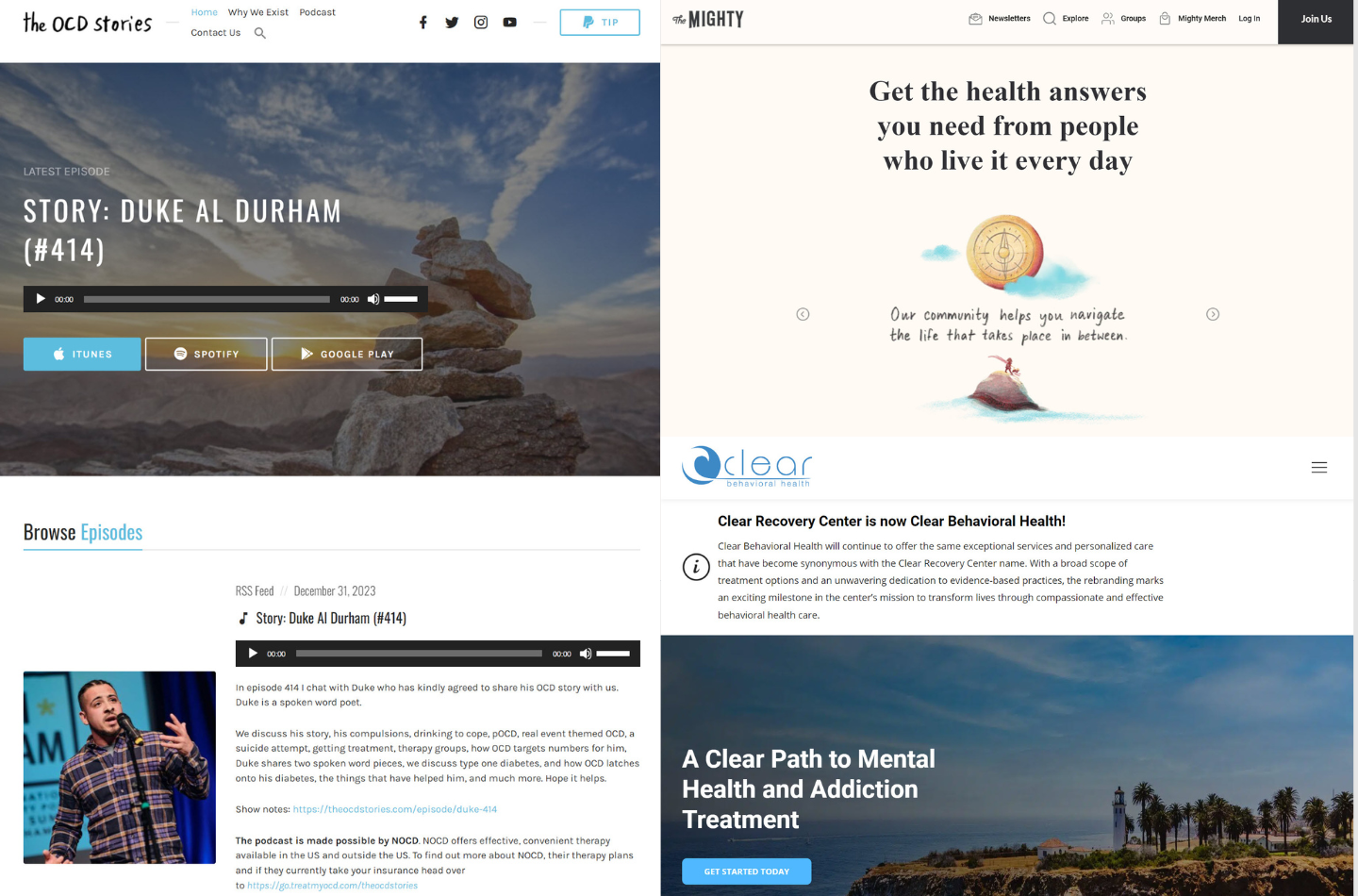
While it might be tempting to use a free theme, I recommend choosing one with a premium upgrade option.
This way, you can use the free version of the theme when you’re getting started, then upgrade to something with more functionality as your blog grows.
Some of the best “freemium” themes include:
Once you’ve chosen your theme, the next step is adding it to your site.
Step 1: Just head to your WordPress dashboard, and click on the “Appearance > Themes” section.

Step 2: Click “Add New”, then search for your theme.
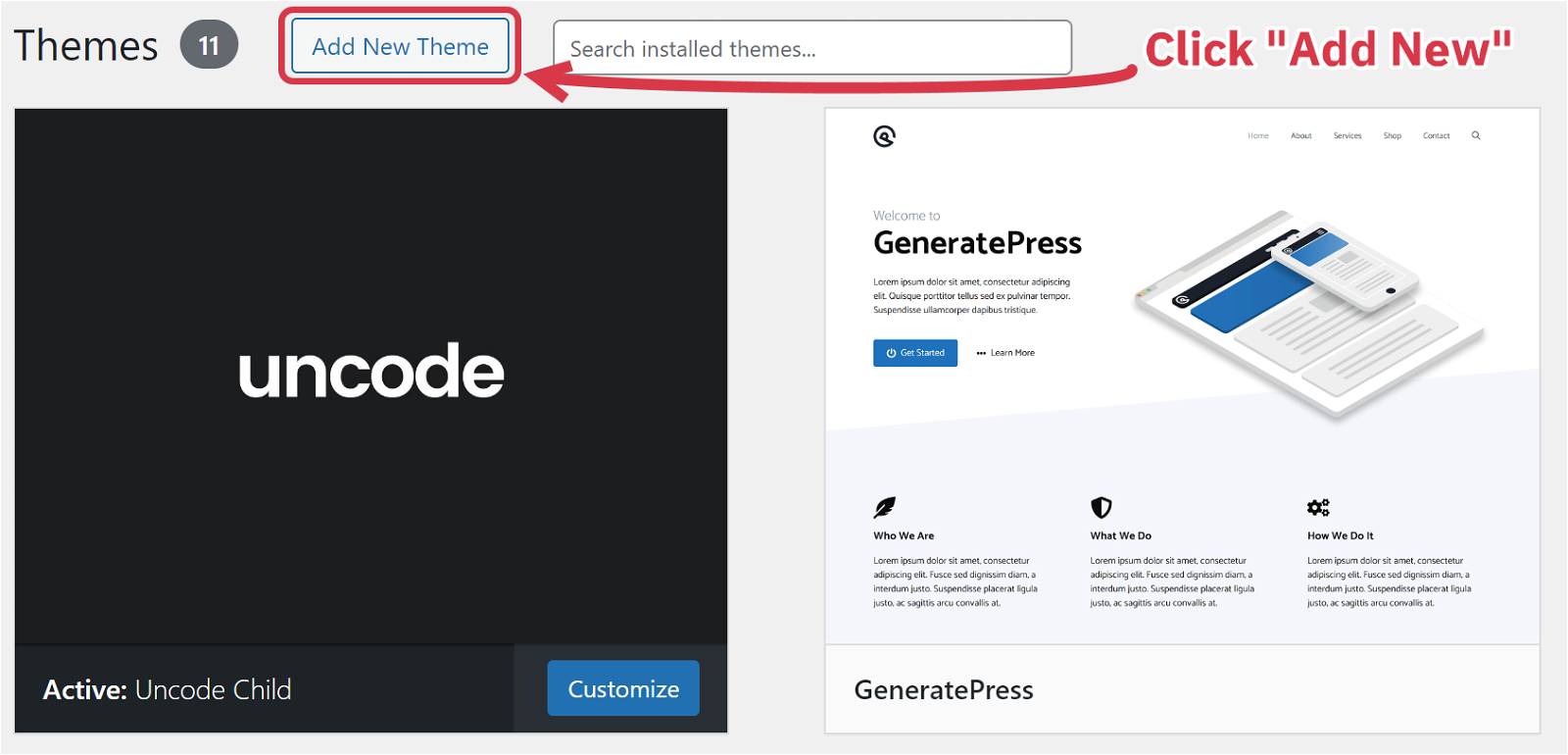
Step 3: Once you’ve found your theme, click “Activate” to add it to your own blog.
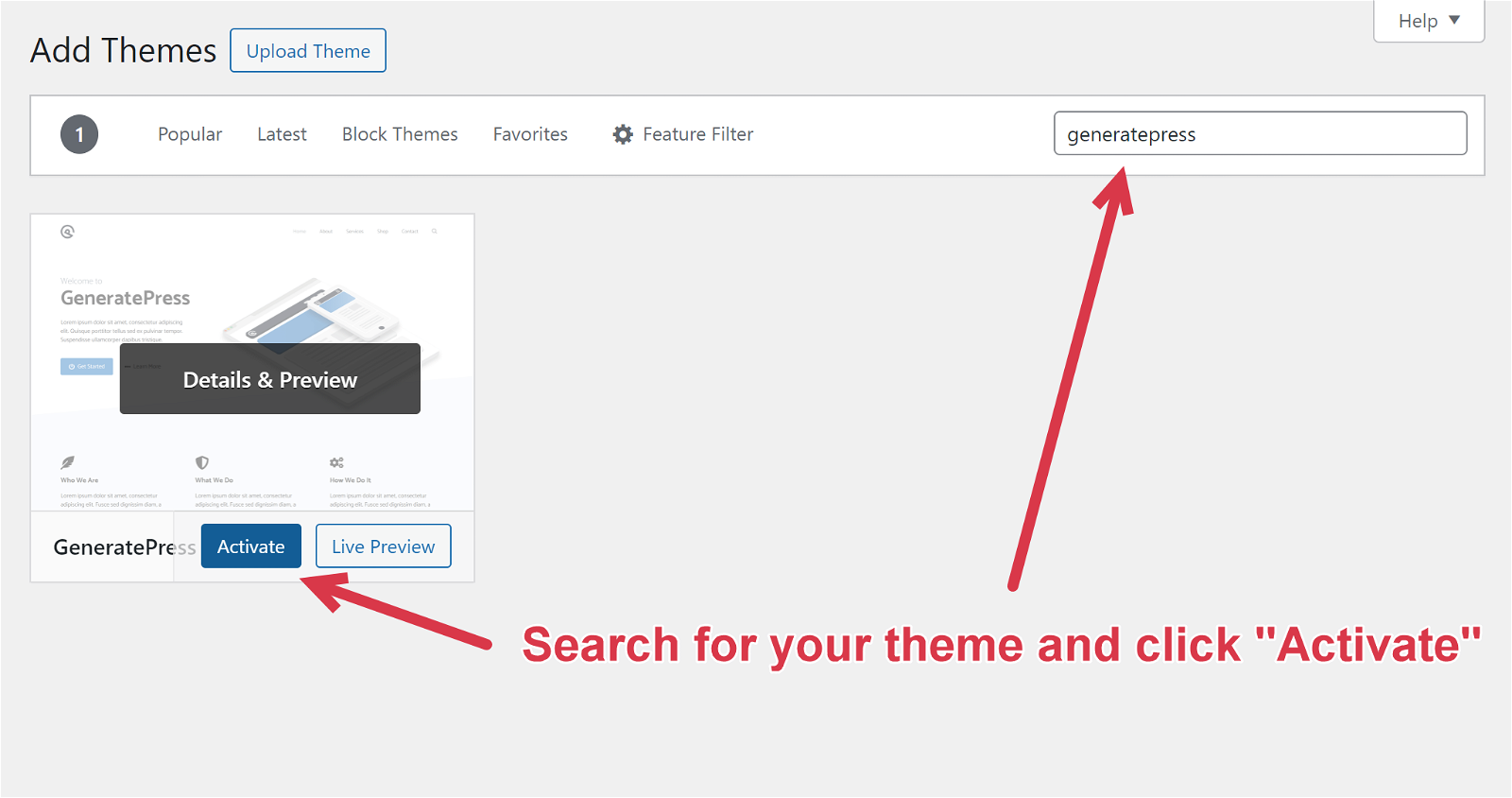
Step 4: Once your theme is activated, you can start editing it within WordPress, implementing your own custom components and brand colors.
6 Decide on Design & Branding
Getting your design and visual branding right is crucial for connecting with your target audience. After all, your brand is what makes people feel emotionally connected to your company.
Start with defining your color palette. Fortunately, you don’t have to be an artist to find colors that work well together. Sites like Coolors allow you to generate harmonious color palettes in seconds.
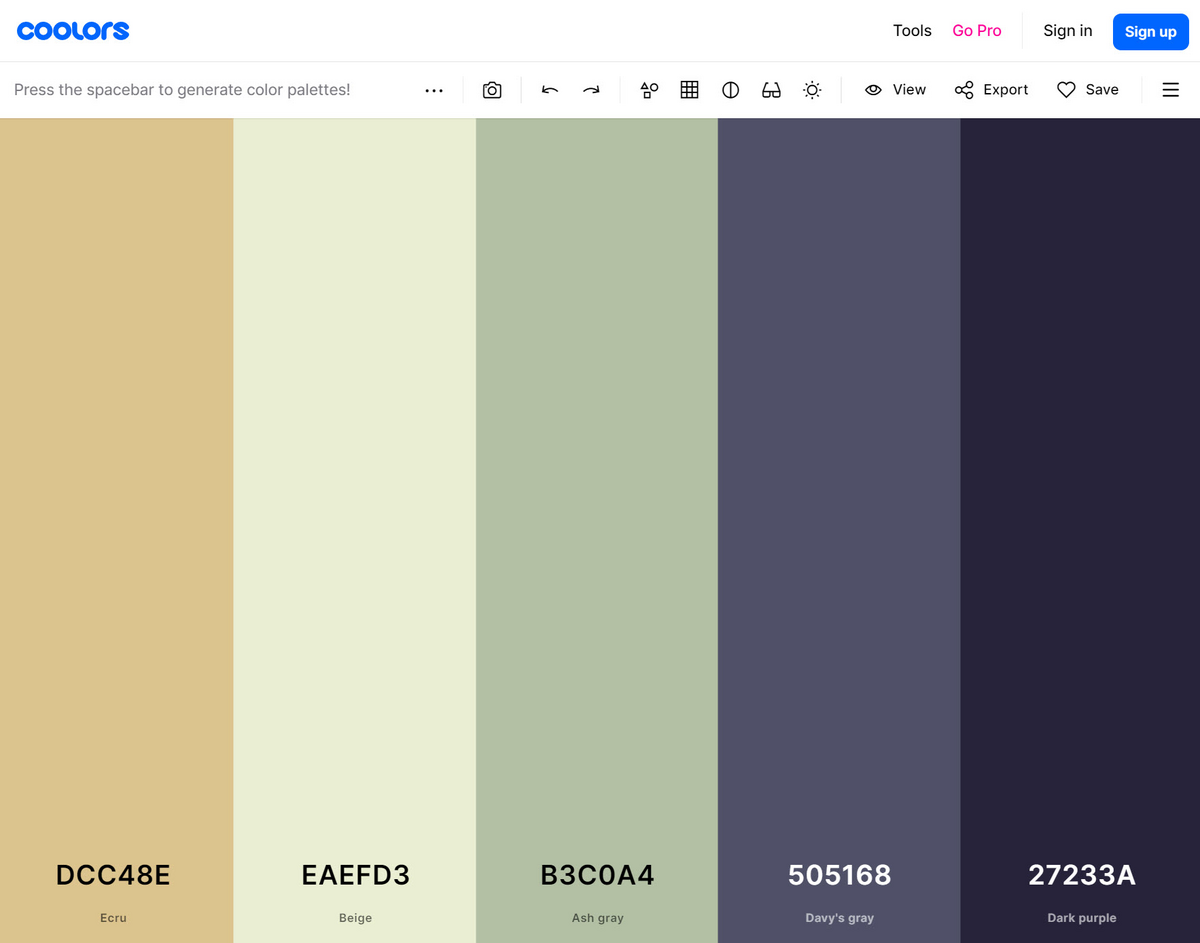
Once you’ve found the ideal color palette, you can start working on your logo. This is essentially the face of your brand – the badge that customers will identify you with.
To create a logo, I recommend using Canva. It’s incredibly easy to use, with hundreds of templates you can customize to suit your color palette and website aesthetic.

Just search for “mental health logo” to find a template you like, add your colors and blog name, and you’ll have an amazing logo in no time.
7 Create Essential Pages
It’s time to add some essential pages to your blog.
Homepage
Every site needs a homepage. It’s where you introduce your visitors to the mental health topics you cover and help them easily navigate to different areas of your site.
About Page
A good About Page is crucial for any website, but it’s particularly valuable when you’re writing a blog about mental illness. After all, your visitors will want to know what makes you an expert in this specific topic.
You can use your About Page to share insights into your own mental health experiences or list your credentials as a licensed mental health professional.
Contact Page
This page should include a contact form, email address, and links to any social media profiles.
Privacy Policy + Terms & Conditions pages
Privacy Policy and Terms & Conditions pages are essential to outline what kind of information you collect from users and how people can use your site.
You can easily generate these pages for free at PrivacyPolicies.com.
Adding a new page to your WordPress site is relatively straightforward. Just log into your dashboard and click on the “Pages” section in the left-hand menu, then click “Add New.”
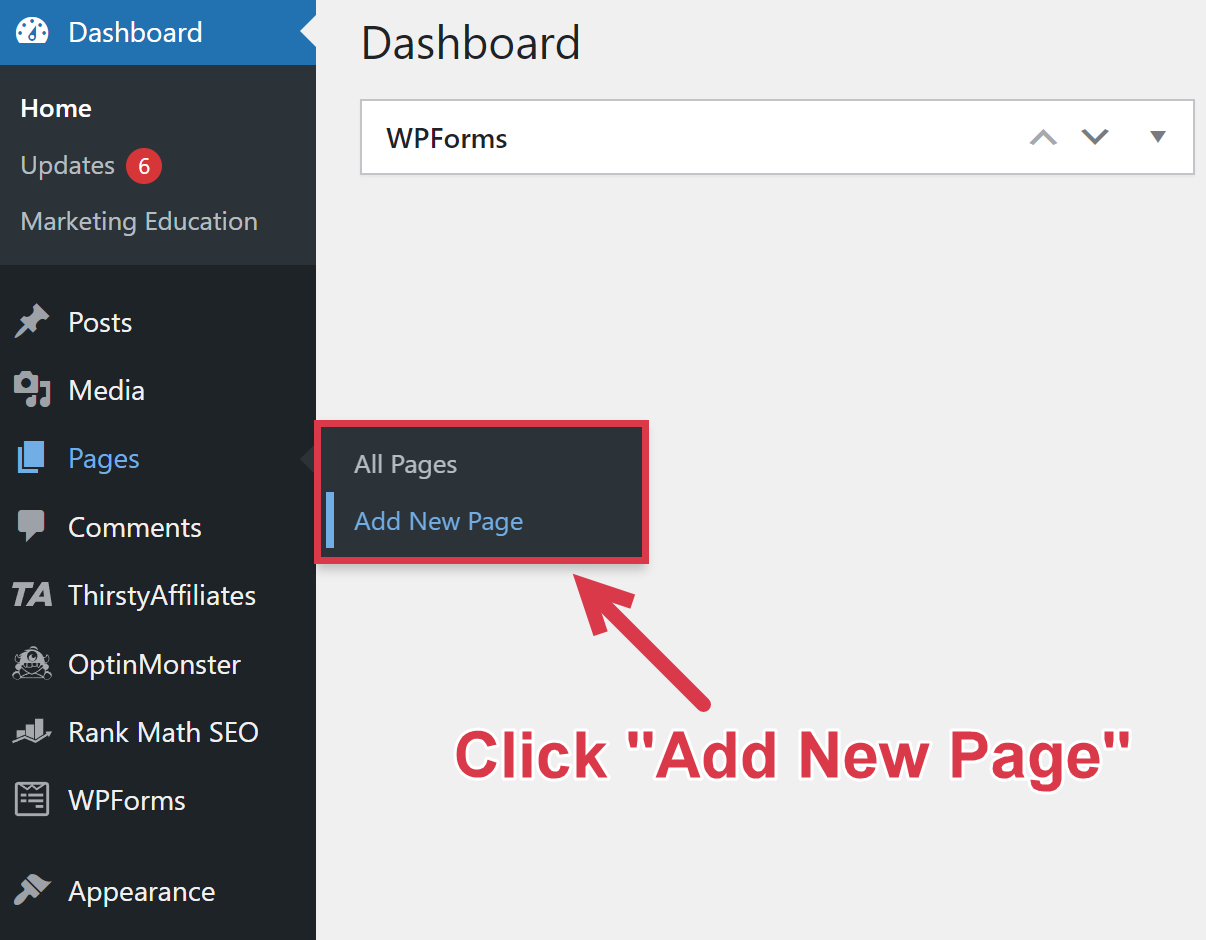
8 Start Creating Content
You’re likely eager to begin writing your first blog post with practical tips and helpful information.
However, before you start tapping away on your keyboard, you need to consider your content strategy.
I recommend creating keyword-focused content. This means writing about mental health phrases that people are searching for on search engines like Google. It offers a built-in audience, as you’ll almost certainly get visitors if Google decides to rank your content for your target keyword.
Picking the right keywords for your mental health blogging project can be tricky. Broad terms that get a lot of searches offer high traffic potential, but there’s also a lot of competition.
The best approach for a new blog is to write about keywords with decent search volume and lower competition.
Ahrefs is my favorite tool for finding low-competition keywords. You can start by using a seed keyword to find relevant topics.
For instance:
| Keyword | Search Volume | Keyword Difficult |
|---|---|---|
| social anxiety test | 7.9K | 26 |
| adhd and social anxiety | 700 | 12 |
| how to date with social anxiety | 500 | 28 |
| how to make friends with social anxiety | 150 | 4 |
| how to work with social anxiety | 40 | 6 |
Using these terms, you can start to plan out your first 10 blog posts. Transform each keyword into a title like this:
- How To Work With Social Anxiety: 7 Crucial Tips
- How To Make Friends With Social Anxiety: The Ultimate Guide
- ADHD and Social Anxiety: Are They Linked?
Once you have your titles, you can start writing your blog posts. Here are some tips to produce high-quality content right out of the gate:
- Make sure you can back up your claims: Validate your suggestions with evidence and studies. Avoid making unsubstantiated claims.
- Know your audience: Consider who you’re trying to reach and the information they need. For instance, if you’re writing a post for parents, your content should include references to the challenges parents often face.
- Show your expertise: Show you know what you’re talking about with references to your credentials or real-world examples of certain situations.
- Implement emotion: Mental health is an emotional topic. Most of your readers won’t be looking for dry, clinical lists of information. They’ll want to see your human side. Let your passion and personal experiences shine through.
- Get visual: While it’s important to ensure you have the right to use the images you embed into your blog posts, adding a little visual flair can be extremely valuable. It’s a great way to break up content and let readers more easily move through your post.
- Link to relevant pages: As well as linking to relevant studies, research reports, and other mental health experts in your blogs, make sure you’re linking to relevant internal pages on your site. This will help readers to navigate your content, and it helps search engines crawl your blog.
Here’s my golden rule: Every post you create for your mental health blog should deliver value. If you can help people overcome their mental health issues and live happier lives, you’ll build an avid community of followers.
9 Learn the Basics of YMYL Content
One significant factor to remember when building your mental health blog is that your posts will be classified as “YMYL content.”
YMYL stands for “Your Money or Your Life.” This refers to content that can influence major decisions related to a person’s finances or life – including their mental health.
Google imposes stricter page quality rating standards for YMYL pages because low-quality content could have a negative impact on a person’s health, happiness, safety, or stability.
This ranking factor was introduced with the “Medic” update in 2018. Many well-known health blogs, such as DrAxe and WellnessMama, lost significant traffic.

The most effective option is improving your “EEAT” score. This is the score Google uses to evaluate your content based on Expertise, Experience, Authority, and Trust.
A few ways to increase your EEAT score include:
- Demonstrate your expertise: Highlight your experience in the medical or psychological fields on your “About Page” and author bio. If you don’t have credentials, ask qualified professionals to write or review your content.
- Vet and cite your sources: Use Google Scholar to find trusted sources. Link to these sources and ensure readers know where you get your information.
- Be thorough: Write professionally, covering every aspect of a topic carefully. Be descriptive, cite statistics, mention counterarguments, and take measures to clean up misconceptions.
- Refresh your content: When new information and studies in your industry are released, update your content to reflect any important changes.
To learn more actionable tips, check out our video on EEAT.
10 Promote Your Mental Health Blog
While publishing your blog posts is a good start, it will take a while before they rank on Google. I recommend leveraging other promotional tactics to get some eyeballs on your new site quickly.
Here are some of my favorite strategies for promoting mental health blogs:
- Leverage social media. Use platforms like Instagram, Twitter, and Facebook to share snippets of your content, infographics, and thought-provoking quotes related to mental health. Use relevant hashtags to increase visibility.
- Engage in mental health awareness events. Participate in mental health awareness events, campaigns, or talks. These events can provide a platform for promoting your blog and connecting with a like-minded audience.
- Host online workshops. Run online workshops on topics related to your blog. These can be informative sessions, Q&A rounds, or discussions on specific mental health issues.
- Post on mental health forums. Check out mental health forums, social media groups, and subreddits relevant to your niche. When people ask questions about a topic you’ve written on, send them to your blog with a link.
- Collaborate with experts. Collaborating with other mental health experts, such as thought leaders, life coaches, and therapists, can quickly boost your chances of finding new audiences. Consider asking an expert to work with you on a step-by-step guide, then ask them to promote your post on their social channels.
- Guest post on other blogs. Guest posting on other reputable mental health websites gives you more authority as a thought leader in your space, gets backlinks to your website (which is great for SEO), and significantly expands the reach of your content.
Whatever you do, make sure you’re adding value to the conversation. Don’t just spam links to your blog – no one will visit your site, and you’ll get a bad reputation.
11 Monetize Your Mental Health Blog
The main goal of your mental health blog may be to help others and raise awareness. But that doesn’t mean you can’t profit from your hard work either.
Here are some of the best ways to monetize your blog:
Affiliate Marketing
Affiliate marketing is great for mental health bloggers. You can recommend supplements you use for better mental health through nutrition, meditation apps, or self-help books and earn a commission when someone buys through your affiliate link.
To get started, check out our full guide to affiliate marketing and our list of mental health affiliate programs.
Display Ads
You can also use ad networks and sponsorships to show relevant ads on your site.
Every time a visitor engages with an ad, you earn revenue, giving you an excellent stream of passive income.
The Ezoic ad network is the best option for new blogs. You can upgrade to a higher-paying network like Mediavine (minimum 50,000 monthly sessions) or Raptive (100,000 monthly sessions) when you have enough traffic.
Selling Your Own Products
If you want to turn your mental health blog into a fully-fledged business, why not consider selling your own products? You could create self-help guides or courses, design apps to help people with mindfulness, or even sell tools to help people relax during periods of stress.
To get started, take some time to find out what your customers are looking for. You can sell your products on your own site or use a third party like Etsy or Coursera.
Summing Up
I’ve covered the essential elements of becoming a mental health blogger, but there’s so much more I didn’t go over.
Building a blog is a complex process, and it’s impossible to fit everything you need to know in a single blog post.
To help you take your blog to the next level, we’ve created a free training that draws on our 10+ years of blogging experience.
In this training, you’ll discover 7 proven methods for making your new blog 83% more successful.
FAQs
Mental health blogs do make money. In fact, the average health and fitness blog – which includes mental health – earns $7,194 per month. Bloggers can earn cash by selling their own products and resources, working as an affiliate, or showcasing ads on their site.
Your mental health blog should be packed with valuable, actionable information that helps people to improve their lives. Consider creating articles with useful tips, insights from studies, and real, authentic stories people can resonate with.
Make sure the content you create is relevant to your specific niche. Ask yourself what people in your audience need to know about, and try to answer their questions.







